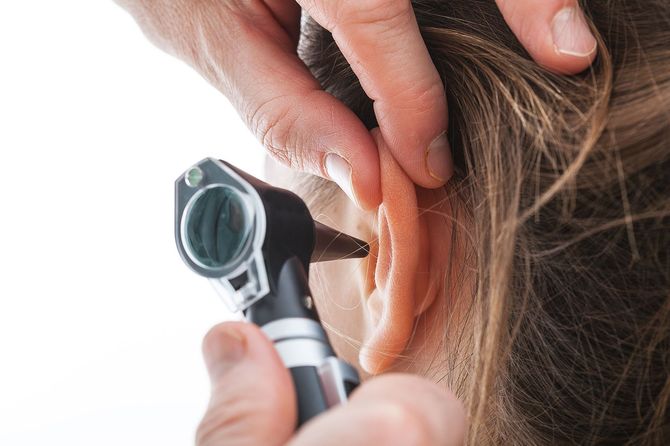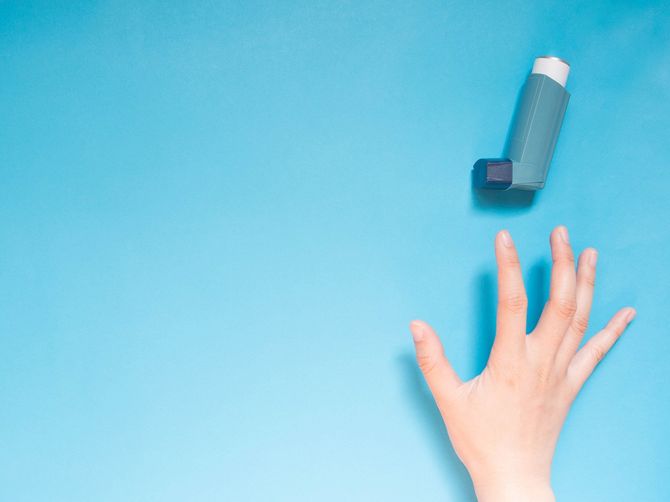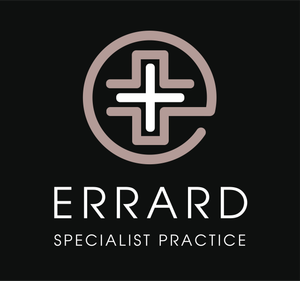SERVICES
COMMON CONDITIONS
This guideline is aimed at helping to triage new patients for appointment, however if there are any question please contact the Specialist for advice directly. Under no circumstances are bookings to be made without a referral, unless directed by the Specialist.
This means GP's requesting urgent appointments will need to fax a referral on the same day for the booking to be made. If patients are experiencing chest pain or are severely symptomatic, they should be referred to their nearest emergency department or advised to call an ambulance.
COMMON CONDITIONS
Common conditions are symptoms or conditions that we at Errard Specialists see regularly. While the severity of these conditions can vary, please rest assured that we have much exposure to these conditions.
Common conditions of the ear, nose or throat region include:
- Tonsillitis
- Long Term Hearing Loss
- Tinnitus (Ringing in the Ears)
- Dysphagia (Difficulty Swallowing)
- Nasal Congestion
- Sinusitis Ear Pain / Ear Infections
- Wax Build Up
- Snoring
Common conditions of the respiratory system include:
- Obstructive Sleep Apnea
- Chronic Cough
- Undifferentiated Breathlessness
- VCD
- Insomnia
SEMI URGENT CONDITIONS
What is a semi urgent condition?
Semi urgent conditions are symptoms or conditions that have a greater severity to one's health when compared to common conditions. Should you experience any of the below please seek an appointment with your doctor for further assessment at your earliest Convenience.
Semi Urgent conditions of the ear, nose or throat region include:
- Sudden Hearing Loss
- Vertigo
- Epistaxis
- Foreign Body in the Area
- Fractured Nose / Facial Bones
- Lesion or Mass in the Region
- Husky Voice / Laryngitis
- Cholesteatoma
Semi urgent conditions of the respiratory system include.
Condition requiring semi urgent attention (<1 weeks)
- Severe COPD
- Interstitial Lin Disease, Pneumonitis
- Severe Breathlessness
- Asthma (non-severe)
- Bronchiectasis
- OSA with Severe Daytime Sleepiness
URGENT CONDITIONS
What is an Urgent Condition?
An urgent condition is one that requires immediate medical treatment. Please contact the practice directly if you experience any or some of these conditions.
Urgent conditions of the respiratory system include. Condition requiring urgent (<2 weeks) appointments
- Urgent Oxygen Requirements
- Possible Lung Cancers
- Severe Asthma (must have up to date lung function- or be requested)
- Bronchoscopy Referrals
- Haemoptysis (coughing up blood)
- Urgent Oxygen Requirements




